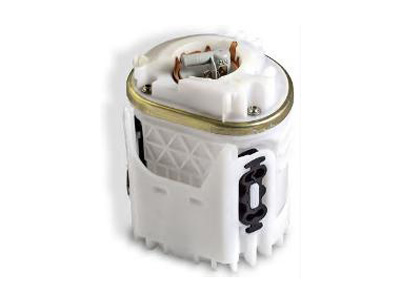

The working process of the fuel system is a complex and sophisticated sequence that ensures that the engine can run continuously and efficiently.
1. Fuel supply
Fuel storage: The fuel is first stored in the fuel tank. The fuel tank is the starting point of the fuel system and is responsible for storing enough fuel for the engine to use.
Fuel pump operation: When the engine starts, the fuel pump starts working under the control of the electronic control unit. The function of the fuel pump is to extract the fuel from the fuel tank and transport it to the fuel filter through the pipeline.
Fuel filtration: Before the fuel enters the engine, it needs to be filtered through the fuel filter. The fuel filter can remove impurities and contaminants in the fuel to ensure that clean fuel is supplied to the engine.
2. Fuel mixing and injection
Fuel distribution: The clean fuel after the filter is evenly and isobarically delivered to each injector through the fuel distribution pipe.
Injector operation: According to the instructions issued by the ECU, the injector sprays the appropriate amount of fuel into the intake duct or cylinder of each cylinder at high pressure. In modern cars, this process is usually electronically controlled to ensure accurate fuel injection.
Mixture formation: The injected fuel mixes with the air in the cylinder to form a combustible mixture. This mixing process is crucial to the performance and emissions of the engine.
3. Ignition and combustion
Ignition system operation: When the combustible mixture is formed, the ignition system generates an electric spark in the cylinder under the control of the ECU to ignite the mixture.
Combustion process: After the mixture is ignited, it burns rapidly in the cylinder to produce high-temperature and high-pressure combustion gas. This combustion process pushes the piston downward, and converts the linear motion of the piston into rotational motion through the connecting rod and crankshaft, thereby driving the engine to work.
4. Exhaust and feedback
Exhaust emissions: The exhaust gas after combustion is discharged from the vehicle through the exhaust system. The exhaust system usually includes components such as exhaust pipes, catalytic converters and mufflers, which help purify exhaust gas and reduce noise.
System monitoring and feedback: The ECU monitors various aspects of the fuel system through sensors, including fuel supply, ignition timing, and the operation of the fuel injector. Based on the monitoring results, the ECU will adjust the control strategy to ensure that the engine achieves optimal performance and fuel efficiency under different driving conditions.
